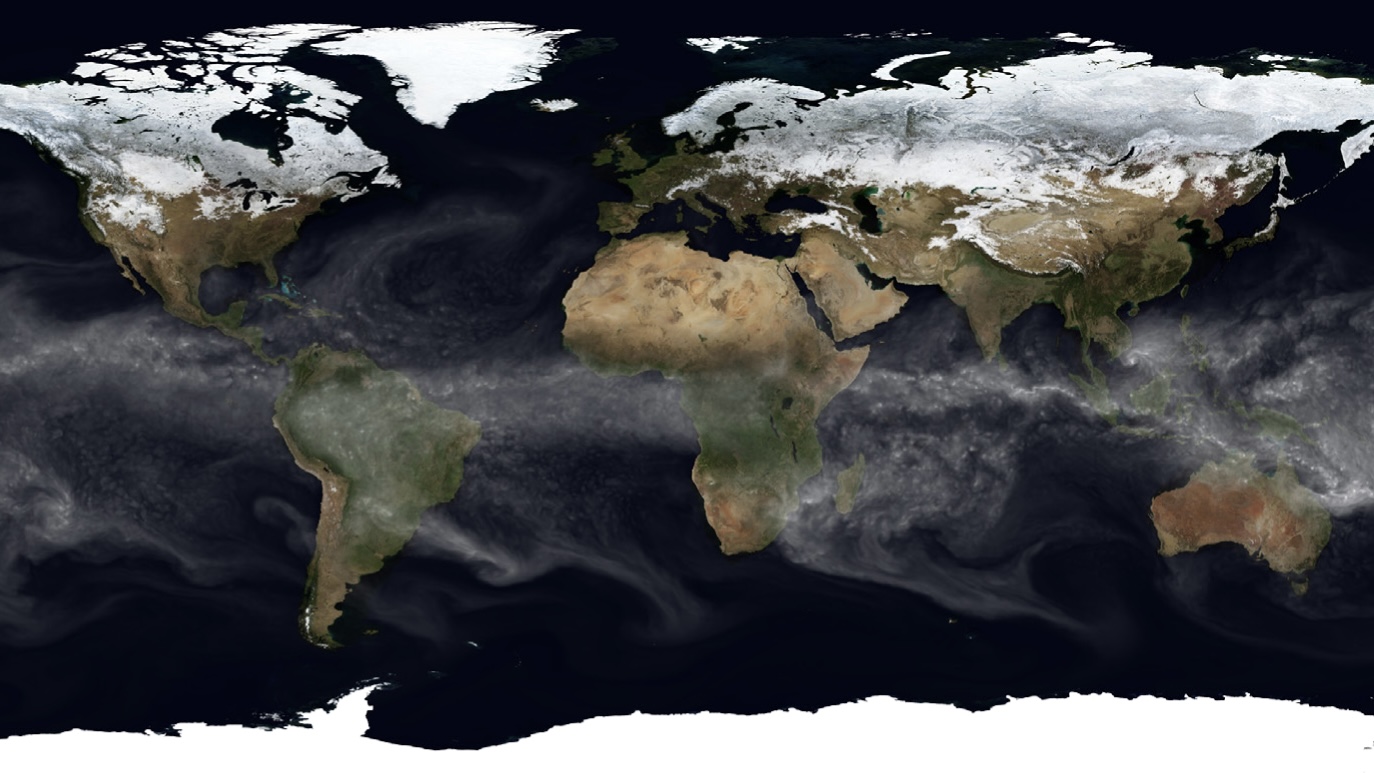Transcript:
Climate scientists do not have crystal balls. But they do have climate models that provide remarkably accurate projections of global warming – and have done so for decades.
Zeke Hausfather is a research scientist at Berkeley Earth. He looked at climate models dating back to the 1970s and evaluated their predictions for how increasing carbon dioxide in the atmosphere would affect global temperatures.
Hausfather: “A lot of those early models ended up proving quite prescient in terms of predicting what would actually happen in the real world in the years after they were published. … Of the 17 we looked at, 14 of them were pretty much spot-on.”
And he says today’s climate models are far more advanced.
They incorporate vast quantities of data about land cover, air circulation patterns, Earth’s rotation, and carbon pollution to create localized projections for heat, precipitation, and sea level rise.
And they simulate a range of scenarios.
Hausfather: “ … that reflect a wide range of possible futures, you know, a world where we rapidly cut emissions, a world where we rapidly increase emissions and everything in between.”
So the models provide reliable projections based on each scenario … but which outcome becomes reality will depend on the steps that people take to reduce carbon pollution and limit climate change.
Editor’s note: Zeke Hausfather is a former contributor to Yale Climate Connections.
Reporting credit: Sarah Kennedy / ChavoBart Digital Media
Source link


